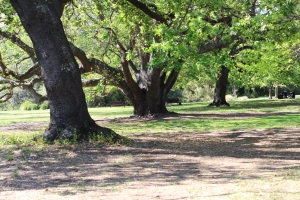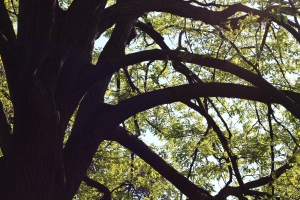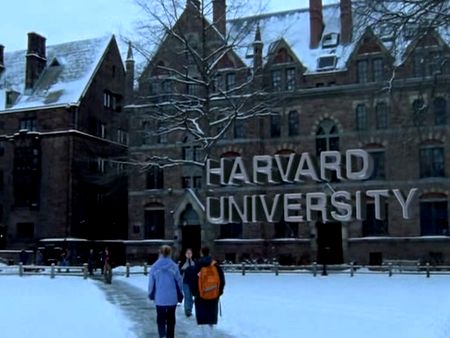
Today we filmed the footage for our presentation at the Royal Botanical Gardens. This was a very last minute change since we were unable to secure our previous location. As it turns out it was a blessing in disguise as the Royal Botanical Gardens was very pleasing in terms of audio and aesthetics, with many locations that inspired us. It was a fest for the eyes and ears as we were spoiled for choice for locations and I believe we could have spent all day there just looking around but since we are on such a tight time schedule we had to buckle down and get shooting.
As the wind blew, the leaves of various kinds of trees slowly glided to the earth which was accompanied with the sound of a nearby ratting of a bamboo patch. This is just a sample of the amazing sights and sounds of these gardens as I was told previously that it is an ideal location to film but never actually got to. With what I saw today I can say with confidence that this will not be the last shoot I will be part of at the Royal Botanical Gardens.
Besides being a relatively windy day and the temperature climbing to the mid thirties it was a relatively smooth shoot. There were the occasional passersby stepping into frame at the wrong time and fining each other in such a vast place was challenging but once we got together and planned our shots, I feel that we shot some good footage. There is of course the argument that you can’t judge your footage until the post-production phase and I agree with it. With that said, I am mildly optimistic that we captured what we set out to do. We faced many challenges throughout the development if this project so it is a great relief to see it materialize.






